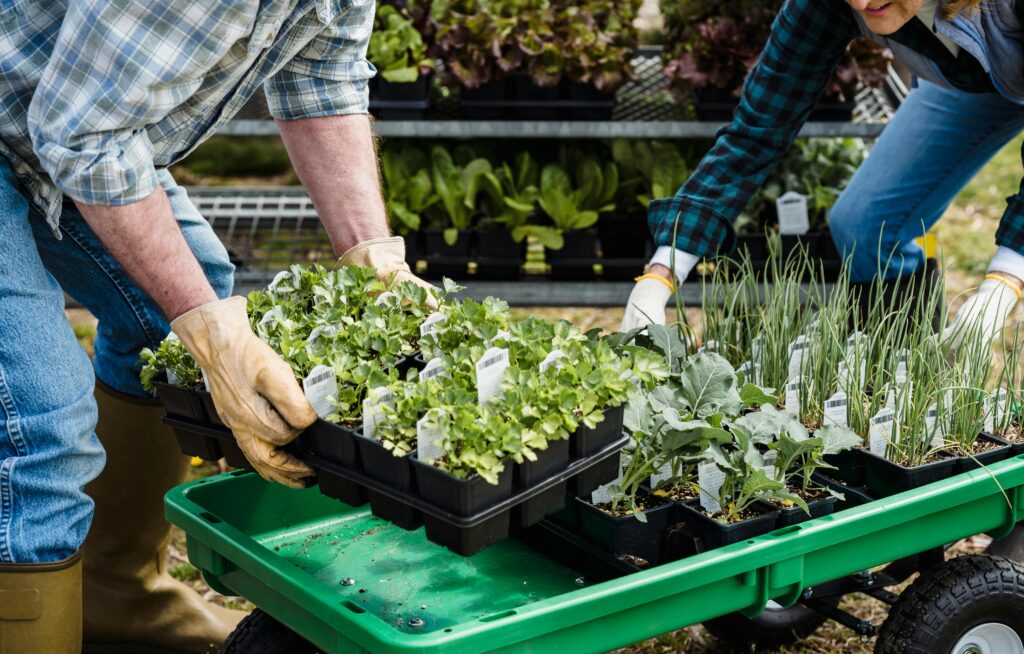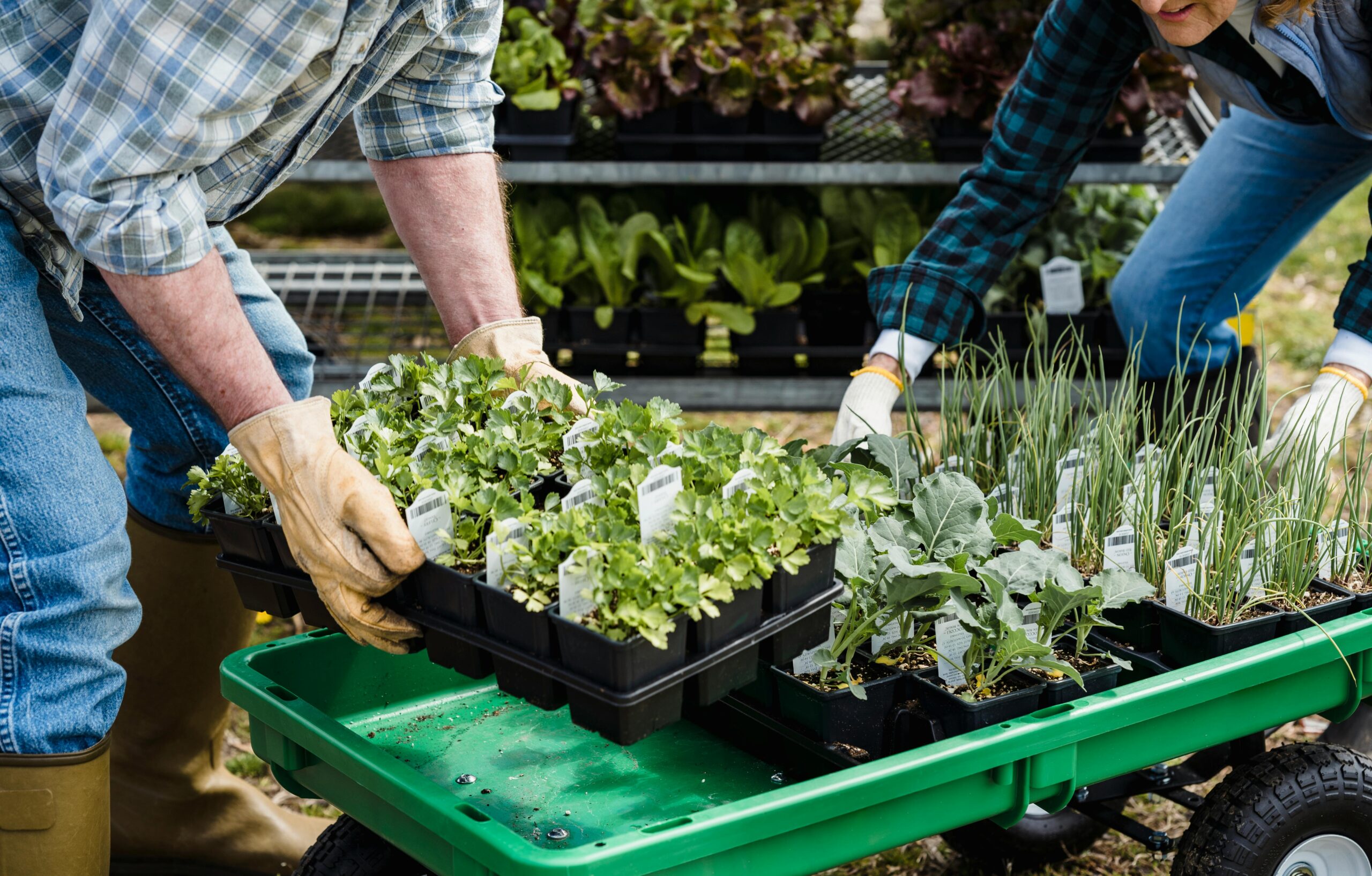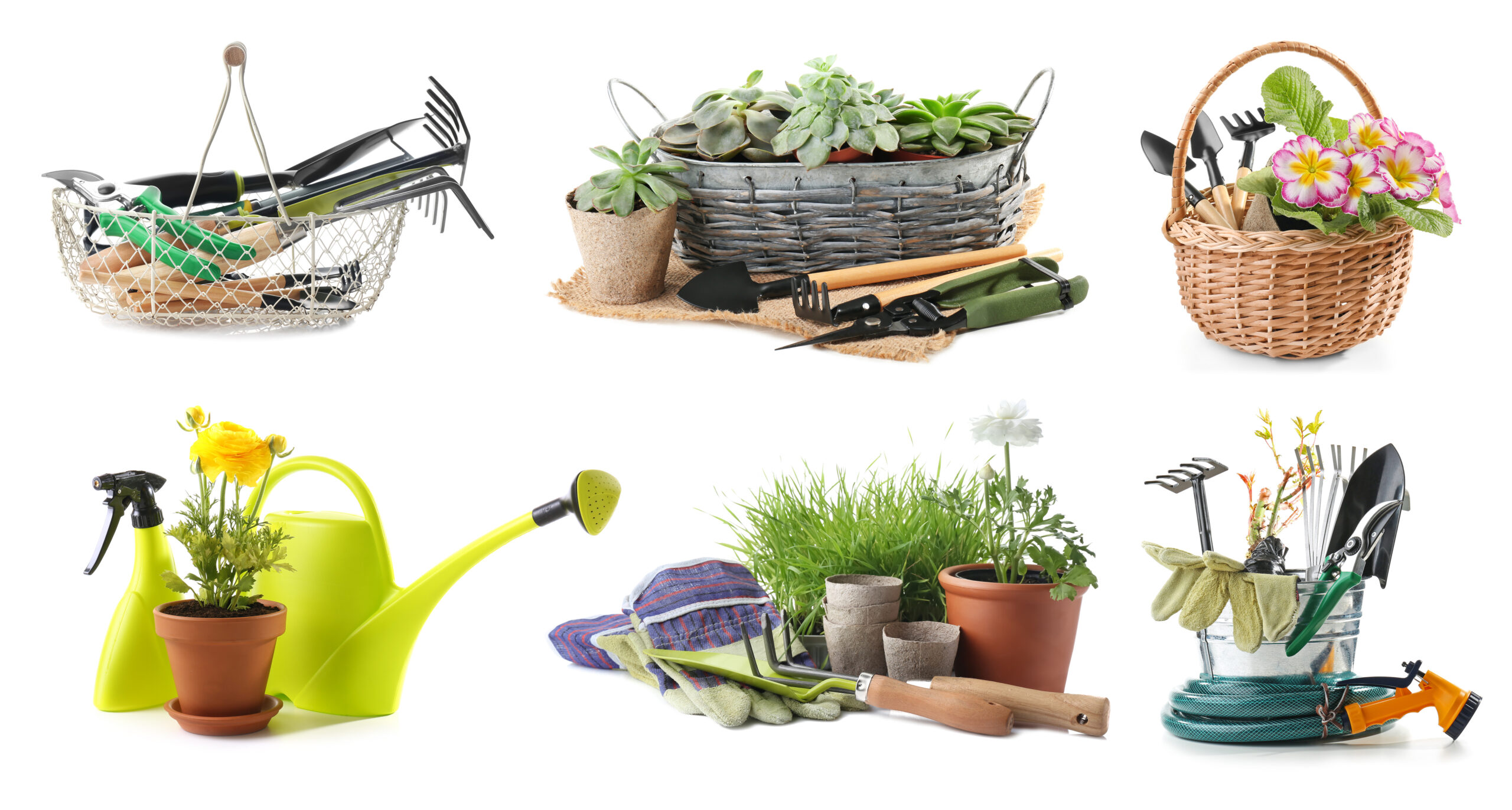
Embracing the Flexibility of Container Gardening
Container gardening offers a versatile and accessible way to grow plants in almost any setting, regardless of space limitations. Whether you have a sprawling backyard, a small balcony, or just a windowsill, containers allow you to cultivate everything from flowers and herbs to vegetables and small trees. This approach not only maximizes limited space but also allows for greater control over soil, sunlight, and watering conditions.
Choosing the Right Containers
The choice of container can greatly affect the health and growth of your plants. Consider the size, material, and drainage capabilities of your pots. Larger plants will require larger containers to accommodate their root systems, while materials like terra cotta and wood offer breathability but may dry out more quickly than plastic or metal options. Ensure each container has adequate drainage holes to prevent waterlogged soil, which can lead to root rot.
Selecting Suitable Plants for Containers
Not all plants are suited to container life, so it’s important to select varieties that will thrive in confined spaces. Many herbs, lettuces, and smaller vegetable varieties, such as cherry tomatoes and peppers, are well-suited to container gardening. Compact or dwarf varieties of flowers and shrubs can also adapt well to pots. Consider the mature size of the plant and its root system when selecting your containers and plants.
Optimizing Soil and Nutrition
Container plants rely entirely on the soil in their pots for nutrition, making soil choice and fertilization key components of successful container gardening. Use a high-quality potting mix designed for container use, which will ensure proper drainage and aeration. Regularly fertilize your container plants with a balanced, water-soluble fertilizer to replace nutrients that are washed out with each watering.
Watering Wisely
Containers can dry out more quickly than garden beds, especially in warm, windy, or sunny conditions. Regular, thorough watering is crucial to keep plants hydrated. However, be cautious not to overwater, as soggy soil can be just as detrimental as dry soil. Consider self-watering containers or drip irrigation systems for consistent moisture, especially if you’re gardening in a hot climate or can’t water daily.
Maximizing Sunlight Exposure
Most vegetables and flowering plants require six to eight hours of direct sunlight per day to thrive. Move containers to sunny spots or rotate them regularly to ensure all sides of the plant receive adequate light. For plants with lower light requirements, like some herbs and leafy greens, east or west-facing locations can provide sufficient light without the intensity of midday sun.
Embracing Vertical Gardening Techniques
Vertical gardening techniques can further expand your container gardening possibilities, allowing you to grow more in less space. Use trellises, shelves, hanging baskets, or wall-mounted planters to take advantage of vertical space. Climbing plants like vines, as well as trailing plants like petunias and ivy, are particularly well-suited to vertical arrangements, adding depth and interest to your garden.
Seasonal Adjustments and Rotations
Container gardens are easily adaptable to seasonal changes. Rotate plants in and out of your garden space based on their seasonal growth cycles. Refresh containers with annuals for continuous color, or swap out heat-sensitive plants for more cold-tolerant varieties as temperatures drop. This flexibility allows you to maintain a vibrant and productive garden year-round.
Container gardening opens up a world of horticultural possibilities for those with limited space, offering the joys of gardening to everyone from urban apartment dwellers to those with expansive backyards looking to add versatility to their garden design. With careful selection of containers and plants, attention to soil and water needs, and creative use of space, even the smallest areas can become lush, productive garden spots.



